Want to give your walls a new look? Here are 10 effective ways to remove wallpaper and change your space. Whether you're dealing with tough vinyl or easy-to-peel paper, these DIY techniques will help. Removing wallpaper can be hard work, but it's worth it to make a room look brand new.
Key Takeaways for DIY Wallpaper Removal
- Identify your wallpaper type before starting
- Gather the right tools and materials
- Protect your room and furniture
- Try dry removal first for strippable papers
- Use water and vinegar for peelable wallpapers
- Steam or chemical strippers for tough jobs
- Clean walls thoroughly after removal
- Prep walls properly for new decor
- Plan for 1-3 days for an average room
- Avoid painting over wallpaper
1. Understanding Different Wallpaper Types
Before you start removing wallpaper, it's important to know what kind you have. Different types need different removal methods:
- Strippable wallpaper: This comes off easily in big pieces.
- Peelable wallpaper: The top layer comes off, leaving paper behind.
- Vinyl wallpaper: Tough and water-resistant, often needs special methods.
- Non-woven wallpaper: Modern type that's easier to remove dry.
- Grasscloth wallpaper: Made of natural fibers, needs gentle handling.
- Foil wallpaper: Has a metallic finish and can be tricky to remove without damaging the wall.
Knowing your wallpaper type will help you choose the best way to remove it. It's worth taking time to figure out the type, as this can save you hours of work and prevent wall damage. Check out our Fine Decor Wallcoverings to see examples of different wallpaper styles and understand what you might have in your own home.
2. Essential Tools and Materials for Wallpaper Removal
Before you start, get these tools to make your job easier:
- Scoring tools: To make small holes in tough wallpaper
- Scrapers and putty knives: For peeling and scraping
- Wallpaper steamers: Great for stubborn papers
- Commercial wallpaper removers: For extra tough jobs
- Protective gear: Goggles, gloves, and a dust mask
- Spray bottles: For applying water or removal solutions
- Sponges and rags: For cleaning and wiping down walls
- Ladder or step stool: For reaching high areas safely
Having the right tools will make the job go smoother and faster. .
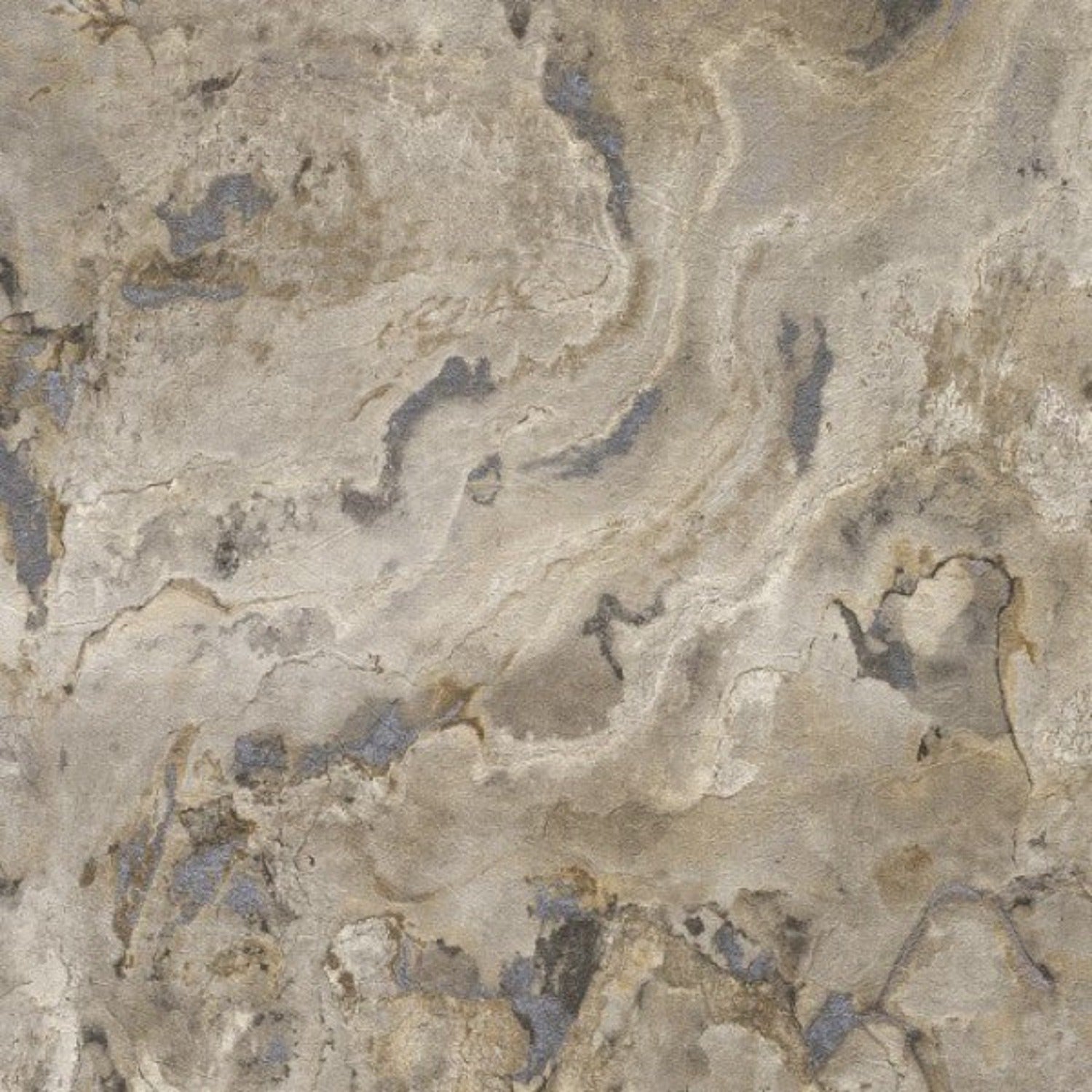
3. Preparing the Room for Wallpaper Removal
Before you start taking down wallpaper, protect your space:
- Cover floors with drop cloths or old sheets
- Remove furniture or cover it with plastic
- Take off outlet covers and switch plates
- Open windows for good air flow
- Turn off electricity to the room if working near outlets
- Remove curtains, blinds, and any wall decorations
- Tape off baseboards and trim to protect from moisture
This prep work will save you a lot of cleanup time later and protect your stuff from water and mess. It's also good to have a spot for your tools and materials to keep the workspace organized and efficient.
4. The Dry-Stripping Method for Easily Removable Wallpaper
For strippable wallpaper, try the dry method first:
- Start at a corner and gently pull the wallpaper away from the wall
- If it comes off easily, keep pulling at a downward angle
- For stubborn spots, use a putty knife to help lift the paper
- Work slowly to avoid tearing the paper into small pieces
- If the whole sheet comes off, you're dealing with strippable wallpaper
- For partially strippable paper, remove the top layer and treat the backing separately
This method is quick and clean when it works. If you're lucky, you might be done fast! But if you feel resistance, stop and try a wet removal method to avoid damaging the wall.
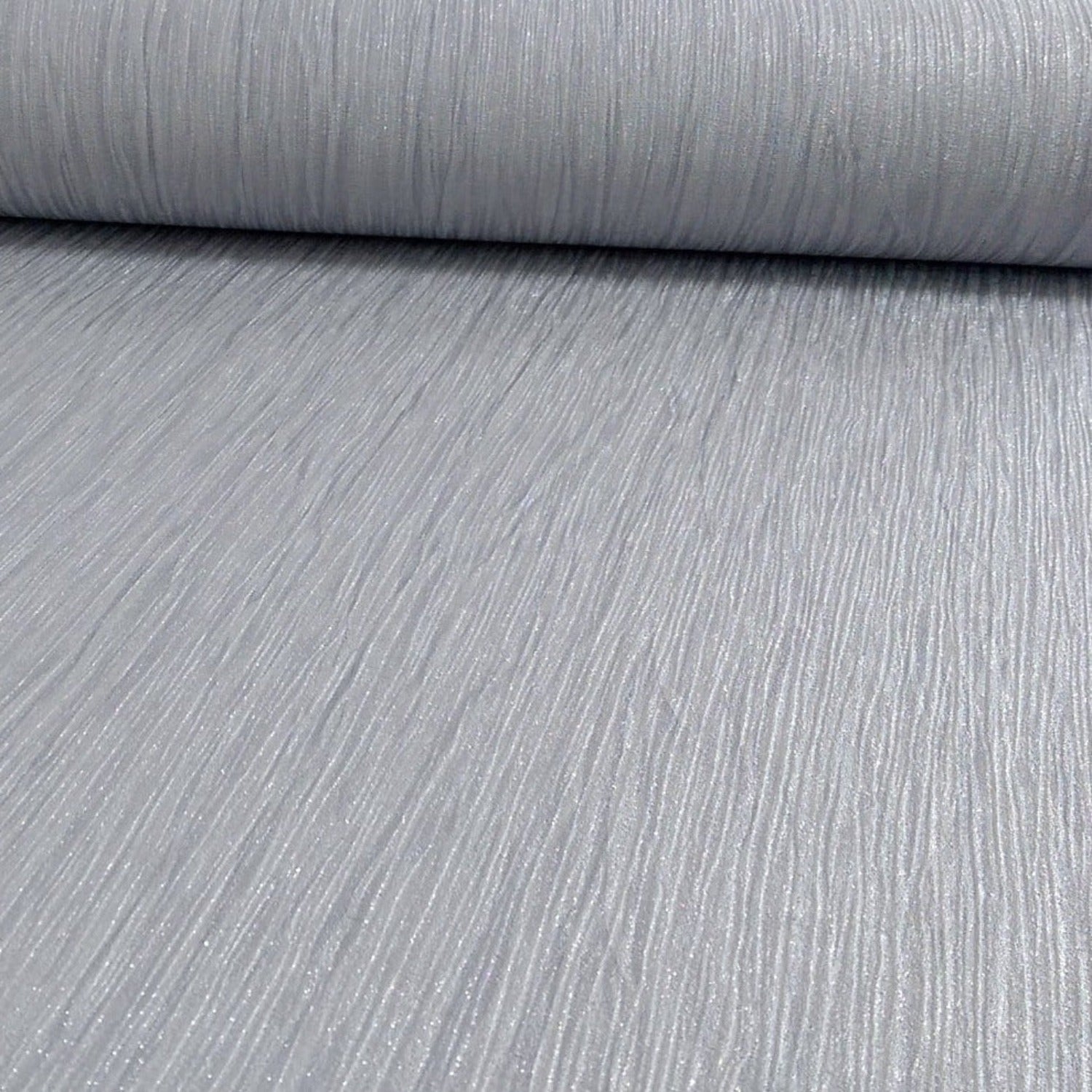
5. Using Water and Vinegar Solution for Peelable Wallpaper
For tougher papers, try this homemade mix:
- Mix equal parts hot water and white vinegar
- Apply the mix with a sponge or spray bottle
- Let it soak for 15 minutes
- Use a scraper to peel off the wallpaper
- Reapply mix as needed for stubborn areas
- Work in small sections to prevent the mix from drying out
This eco-friendly method is great for peelable wallpapers and won't hurt your walls. The vinegar helps break down the glue, making removal easier. Be patient and let the mix soak into the paper fully before scraping.
6. Steaming Method for Tough-to-Remove Wallpaper
For really stubborn wallpaper, a steamer can be super helpful:
- Fill the steamer with water and let it heat up
- Hold the steamer plate against the wall for about 30 seconds
- Use a scraper to remove the softened wallpaper
- Work in small sections to keep the paper wet
- Move across the wall, overlapping sections slightly
- Take breaks to refill the steamer and let it reheat as needed
Be careful with steam - it's hot! Wear gloves and long sleeves to protect your skin. Steaming works well for older, multi-layered wallpapers or those that have been painted over.
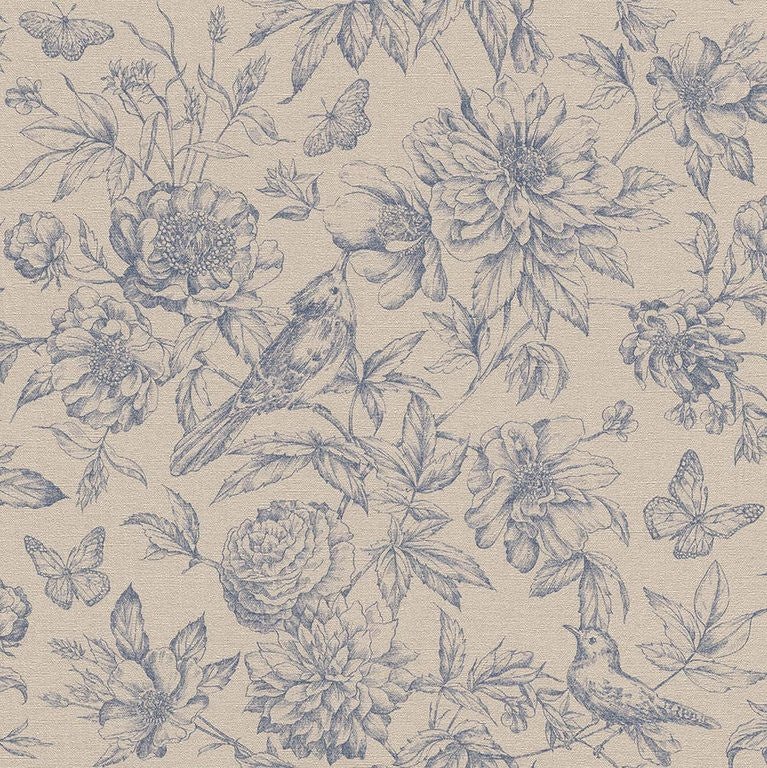
If you want a fresh start after removal, check out our 3D Wood Wallpaper collection for a modern look. These textured wallpapers can add depth and interest to your newly stripped walls.
7. Chemical Wallpaper Strippers for Stubborn Adhesives
When nothing else works, chemical strippers can help:
- Choose a gel-based stripper for less mess
- Apply with a roller or brush
- Let it sit for the time the product says
- Scrape off the wallpaper and glue
- Use a plastic scraper to avoid damaging the wall
- Rinse the wall with clean water after stripping
Always open windows and wear gloves when using chemical strippers. Safety first! Read the instructions carefully and test in a small, hidden area before applying to the whole wall.
8. Dealing with Multiple Layers of Wallpaper
Old homes often have layers of wallpaper. Here's how to handle them:
- Score the top layer with a wallpaper scoring tool
- Apply a removal solution and let it soak through all layers
- Start peeling from the top layer down
- Repeat the process for each layer
- Use a mix of techniques if needed
- Be ready for possible wall damage underneath
It might take time, but removing all layers will give you the best surface for your new look. Be patient and thorough to make sure you're starting with a clean wall for your next decorating project.
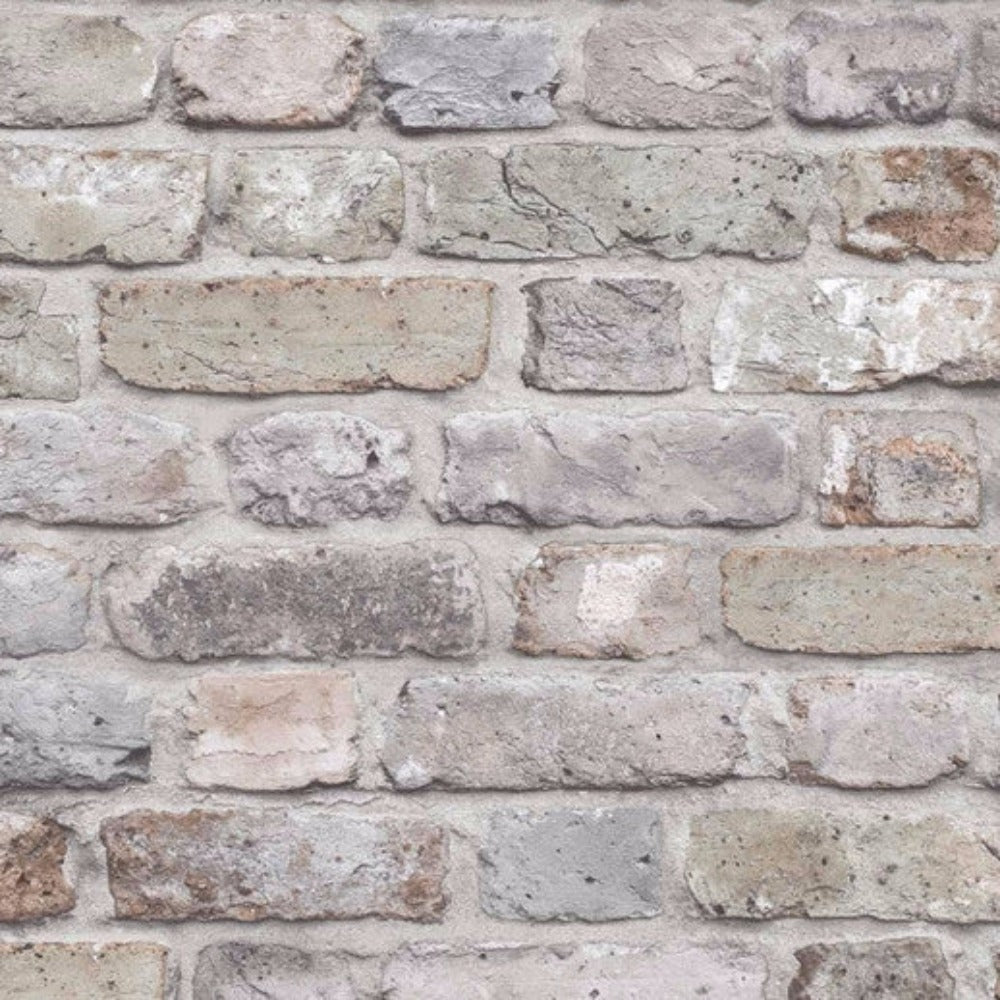
After removal, think about a fresh look with our Marble Patterned Wallpapers for a touch of elegance. These fancy designs can make your space look luxurious.
9. Removing Wallpaper Paste and Residue
Once the paper's gone, you might still have sticky walls. Here's how to clean them:
- Mix warm water with a bit of dish soap
- Wipe down walls with a sponge
- For tough spots, use a mix of warm water and fabric softener
- Rinse with clean water and let dry
- Use a store-bought adhesive remover for stubborn residue
- Sand lightly if needed, but be careful not to damage the wall
A clean wall is important for painting or hanging new wallpaper. Take your time with this step to make sure you have a smooth surface for your next decorating project.
10. Preparing Walls for New Wallpaper or Paint
After removal, get your walls ready for their new look:
- Fill any holes or cracks with spackle
- Sand the walls smooth
- Apply a primer to seal the surface
- Let everything dry completely before decorating
- Check for any remaining problems and fix them
- Consider applying a lining paper for a perfect finish
Taking time to prep will make your new wallpaper or paint look amazing! A well-prepared wall helps your new decor stick better and look smoother.
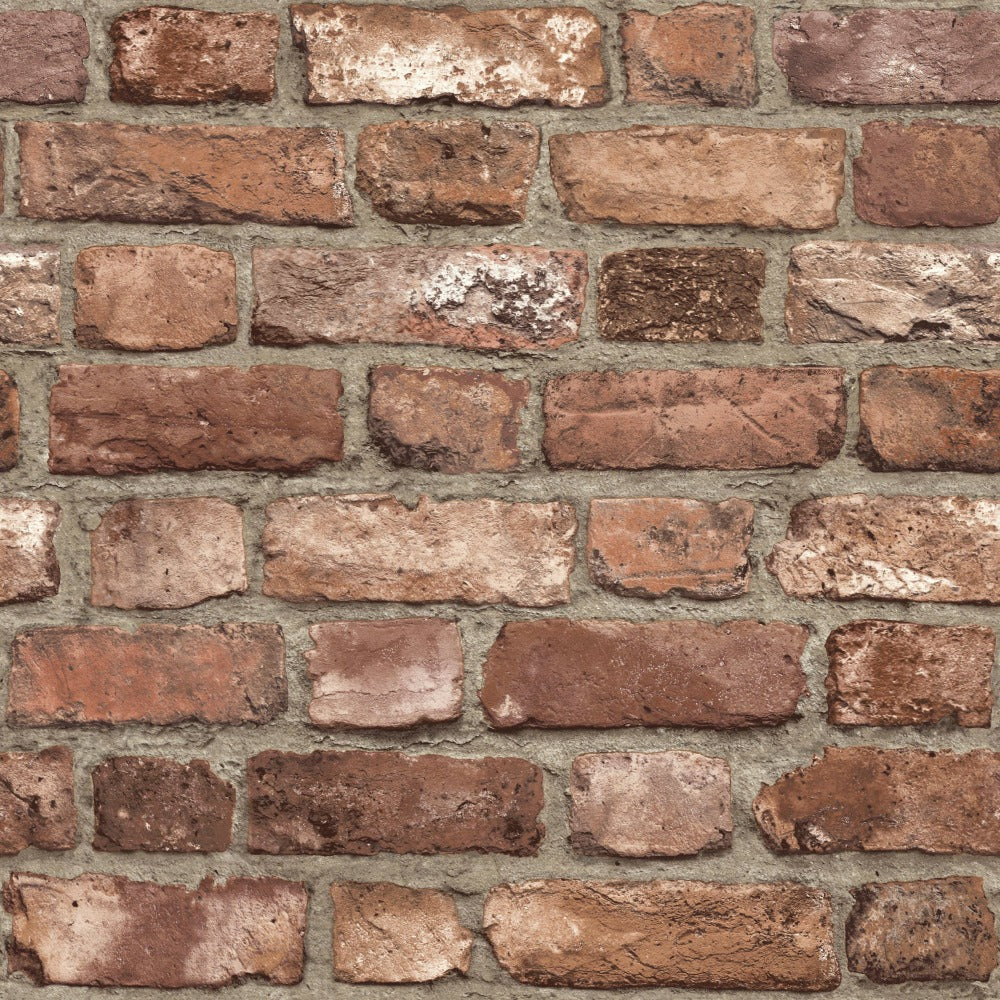
For a classic look, explore our Damask Wallpaper collection. These timeless patterns can add a fancy touch to any room in your home.
Conclusion: A Fresh Start for Your Walls
Removing wallpaper can be a big job, but with these methods, you can do it yourself and save money. Take your time, be patient, and soon you'll have a blank wall for your new decor ideas. Remember that the key to successful wallpaper removal is choosing the right method for your specific wallpaper type and being thorough in each step of the process.
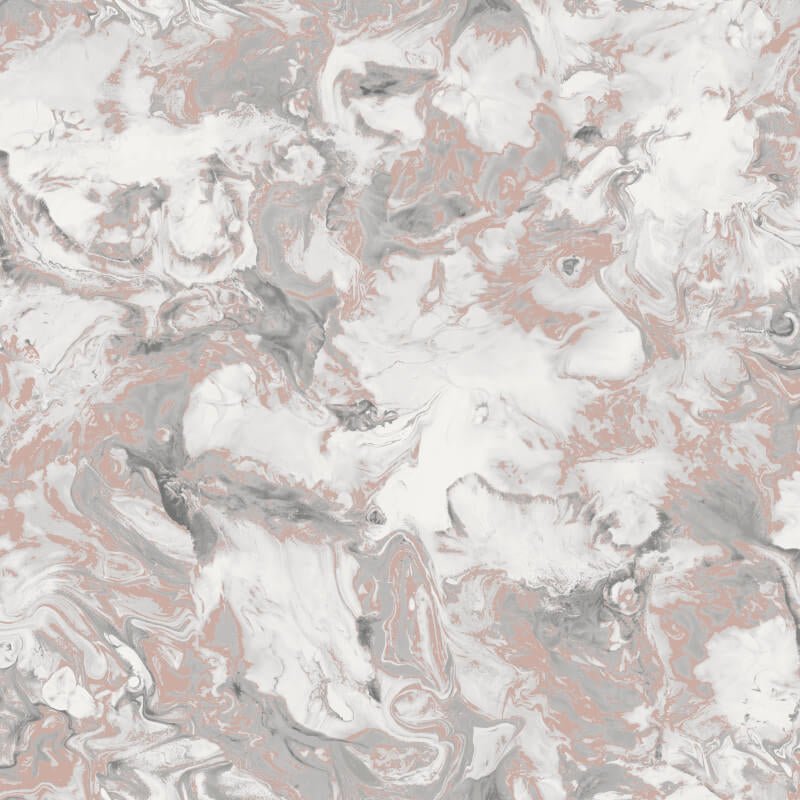
Ready for a new look? Check out our Top 10 Wallpaper Trends in Belfast for ideas! Whether you like bold patterns or subtle textures, you'll find something to match your style and make your newly prepped walls look great.
FAQ Section
How long does wallpaper removal typically take?
It depends on the size of the room and type of wallpaper, but plan for 1-3 days for an average room. Complex removal jobs may take longer, especially if dealing with multiple layers or stubborn glues.
Can I paint over wallpaper instead of removing it?
You can, but it's not a good idea. Removing wallpaper gives better results and prevents future peeling. Painting over wallpaper can make the texture look weird and might make the wallpaper come loose later because of the paint's weight.
What should I do if my wallpaper is painted over?
Score the surface, apply a removal solution, and be patient. It might take more time and effort to remove. You may need to use a mix of steaming and chemical strippers to break through the paint and wallpaper layers.
How do I remove wallpaper from drywall without damaging it?
Use gentle methods like steaming or soaking, and don't scrape too hard. Take your time to prevent damage to the drywall. If you notice the drywall paper starting to peel, stop and think about changing your method to avoid more damage.
